
Brass 65/35 yellow brass wire mesh is the most extensively used brass alloy in the industrial wire cloth world. This brass has a higher zinc content which results in a stronger, more ductile brass material, 65/35 yellow brass is stronger.
A characteristic of 65/35 yellow brass wire cloth is that it is a widely used brass alloy for cold forming.
65/35 yellow brass wire cloth is principally used in liquid filtration, particle separation, air silencing and decorative applications.
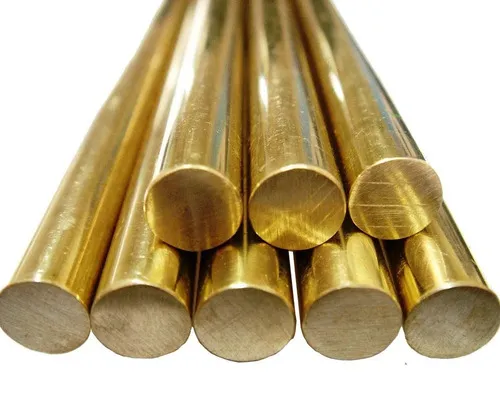
Cartridge Brass, also known as 70/30, is copper alloyed with zinc.
C260 is a yellow brass with fair to excellent corrosion resistance. Excellent cold workability and good hot formability.
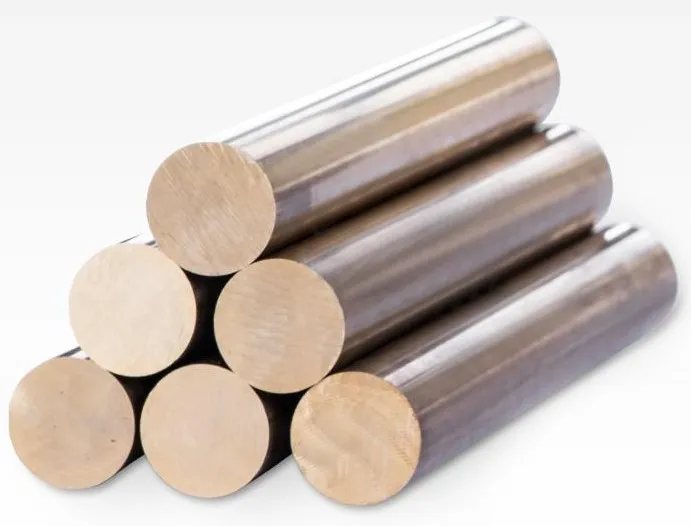
Stamping Brass CW617N is an alloy of copper and zinc, with a bright gold-like appearance and a relative resistance to tarnishing. Many companies will use brass metal stampings when the cosmetic appearance of the stamping is critical, this is especially true in the commercial and residential door hardware industry.

Binary Brass is a series of binary alloys between copper and zinc, with an upper zinc content of about 50 wt %.
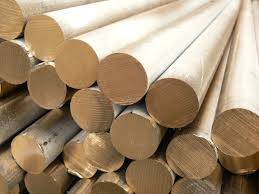
This kind of brass is made for extra corrosion resistance in seawater and other mildly aggressive environments. It also offers good strength levels combined with excellent hot formability. The offered rods are made by inculcating advanced technology and fine grade raw material under our experts' guidance.

This product is sometimes referred to as Arsenical Brass. It is copper alloyed with tin and zinc. Brass C443 has good corrosion resistance and excellent heat transfer characteristics. This type of brass has found use in fresh, brackish and saltwater applications, as well as oil and gas systems where there are corrosive resistant tubes.
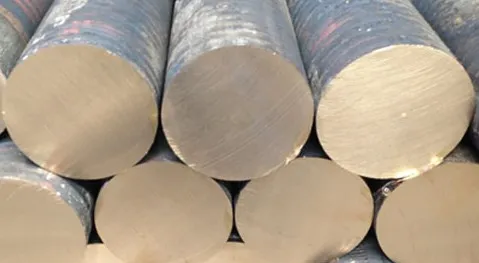
Red brass has an excellent resistance to dezincification and season cracking. Red brass is commonly specified for underground service lines, and it offers the greatest corrosion resistance when used in potable water applications.
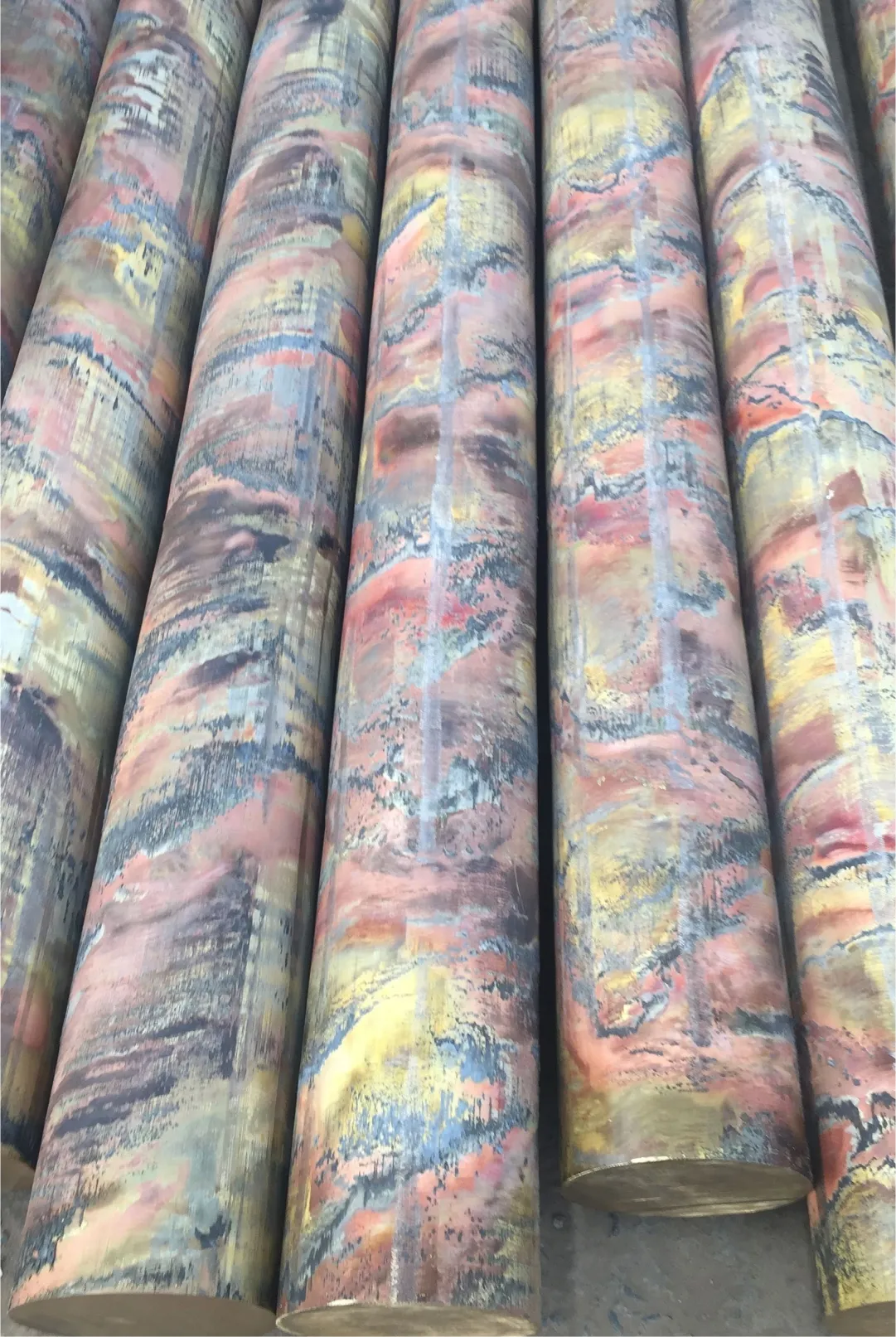
Dezincification Brass (DZR) CW602N is essentially a leaded arsenical brass with a duplex structure. As its name suggests it was originally developed to provide good resistance to dezincification type corrosion which is experienced by normal hot working brasses.
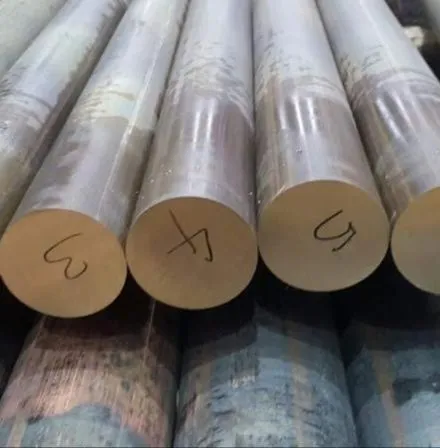
Our De-zincification resistant brass is an alloy designed to resist dezincification, a corrosion process that affects certain brass alloys. Dezincification occurs when the zinc in the alloy corrodes preferentially, leading to a porous copper structure and a loss of mechanical strength. It is formulated with additional elements, such as arsenic, tin, aluminum, and silicon, to enhance its resistance to dezincification.